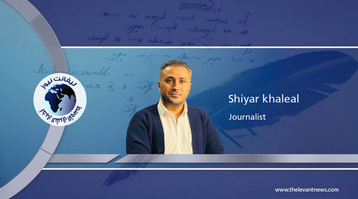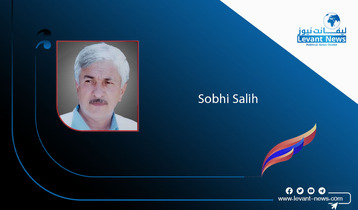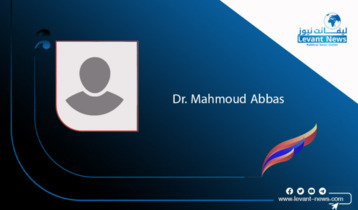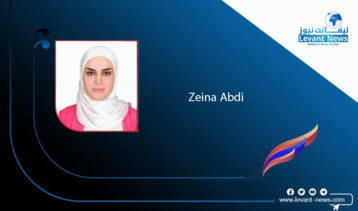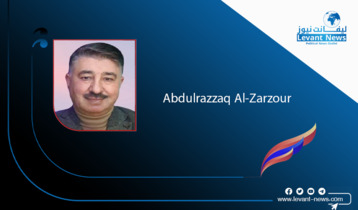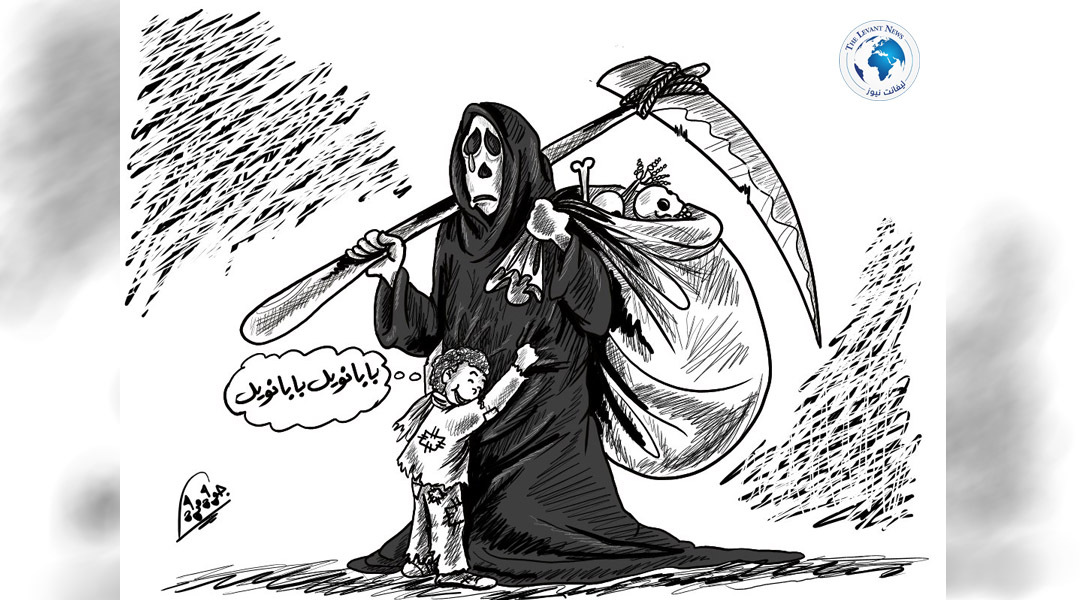-
Flood of Sharm El Sheikh... Where to?
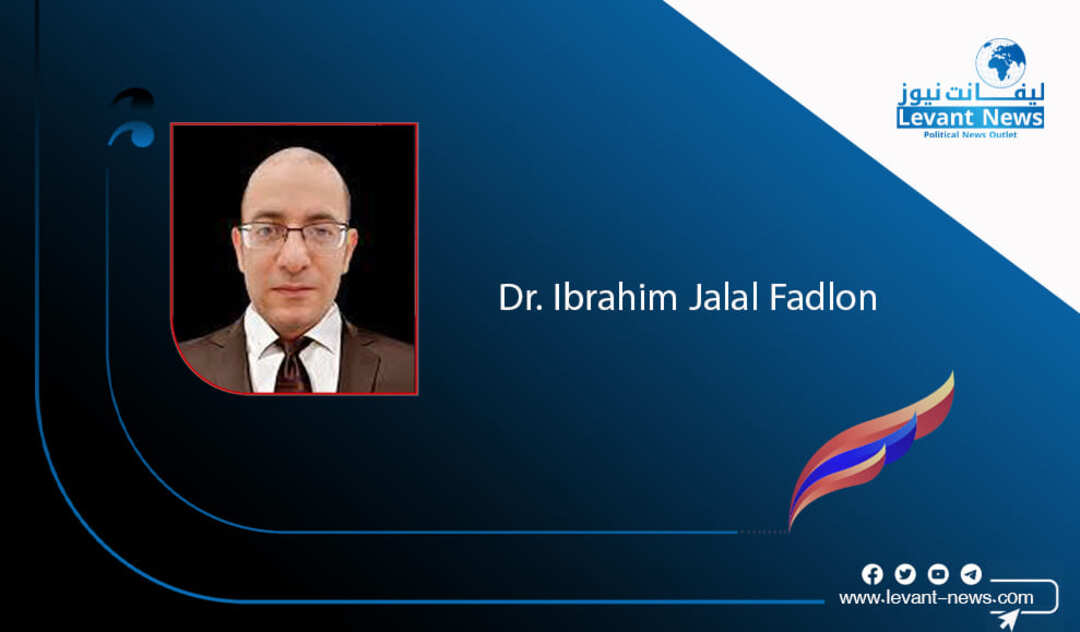
Dr. Ibrahim Jalal Fadloon
"The calmness we tremble from its delicacy might be the beginning of a long-lasting peace — or just a moment quickly folded into the record of history." When flags are raised and photos of delegations are taken in joy, it is said that a "historic dawn for a new Middle East" has emerged, with big words. Yet, the most honest question remains: Is the diplomatic flood in Sharm El Sheikh creating lasting peace, or is it passing like a storm leaving behind greater destruction or fragile peace?
On a decisive day, among the exchanges of the last prisoners and the signing of initiatives and memoranda on the sidelines of an international summit at the Red Sea resort, leaders from more than twenty countries gathered, led by Egyptian-American initiative, after a provocative speech by the US president in the Knesset. This was part of a bid to pave the way for long-term de-escalation and humanitarian revival for Gaza. The scene is supported by actual prisoner exchanges, international commitments to reconstruction, and attempts to form a mobile international force or UN supervision over security arrangements and administration.
However, what is happening is not just a simple deal read from the glittering session paragraphs; but rather a map of complex stages: (initial prisoner exchange, then separation of arms and governance issues, then phased management of a devastated sector with its tunnels mythologized as resilience—a resilience built on political and technical questions). Some raise the slogan "Disarmament is a core condition"; others acknowledge understanding on follow-up measures, which may be kept secret to safeguard major interests. All these gaps in details are the same ones that generate risks of returning to violence, or at least moments of freezing that are exploited internally and politically in the absence of global public opinion. The first signs of fragility include the absence of some major players from the signing platform and the emergence of internal Israeli calculations that could oppose the implementation of later phases if the Prime Minister feels that the cost of proceeding is "high" internally. Statements by some local leaders about continued military pressure or preconditions before moving to a new phase make the scene full of variables. The absence of Netanyahu from the summit was an indicator that should not be ignored.
Economically and humanitarianly, the proposed "reconstruction" appears to be a task comparable to a political solution: initial figures talk about tens of billions of dollars needed to revive Gaza. These funds must be secured transparently with guarantees that cannot be achieved without clear international arrangements and reliable oversight. The absence of such mechanisms could turn funding into a tool of political pressure or a source of corruption that undermines the goal itself.
So: what are the expected scenarios, perhaps three?
**Optimistic scenario (gradual sustainable peace):** Sequential implementation of agreement phases: assurance of comprehensive prisoner exchange, tangible disarmament steps (under monitored and phased Arab/UN supervision), introduction of a limited international peacekeeping force, transparent reconstruction conference led by legitimate authorities within UN controls. This path balances Israel’s security guarantees with Palestinian political legitimacy. Achieving this requires genuine political will, internal flexibility from both sides, and trusted guarantors.
**Moderate scenario (long but fragile ceasefire):** A nationally supported ceasefire reduces war and killings but leaves the political structure for later; limited reconstruction with bureaucratic procedures that keep key issues unresolved for an indefinite time, leaving the possibility of renewed violence.
**Pessimistic scenario (return of fighting):** Failure to implement core commitments, provocations provoking responses, or internal division in Israel or Hamas leading to the phased collapse of the plan, returning everyone to the war square. This possibility remains if political and operational obstacles are not contained or clarified.
What is practically needed for a path toward real peace? Only simple points with profound impact:
- Transparency in reconstruction mechanisms and funding, with independent oversight.
- A clear, phased roadmap for disarmament that guarantees security rights for both Palestinians and Israelis.
- An effective UN role in overseeing security and administrative transition, with Arab participation that lends local legitimacy to the peace plan.
In the humanitarian scene, words of a woman returning to the ruins of her house are more sincere than all summit statements: "We are tired…" This fatigue reminds us that peace is a success measured by people's ability to sleep without fear, provide their children with enough food, and build schools and hospitals—not just signs on international banners. Their awareness alone is not enough; it requires structures to support it.
In conclusion: the flood of Sharm El Sheikh is neither an end nor a fully achieved beginning, but a pivotal moment whose success will be measured by the coming days and the commitments that translate into a human and developmental reality. There is an opportunity for calm, yes. And perhaps a chance for sustainable peace, but without turning words into practical, transparent mechanisms that combine justice, security, and development, words—no matter how resonant—remain just a beautiful elegy for a long war memory.
Tags
You May Also Like
Popular Posts
Caricature
opinion
Report
ads
Newsletter
Subscribe to our mailing list to get the new updates!

